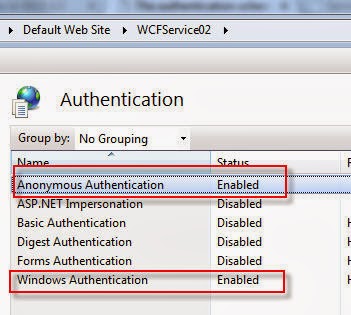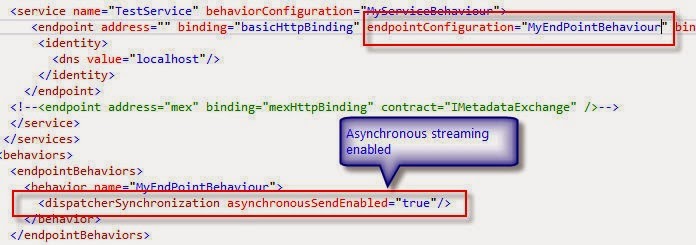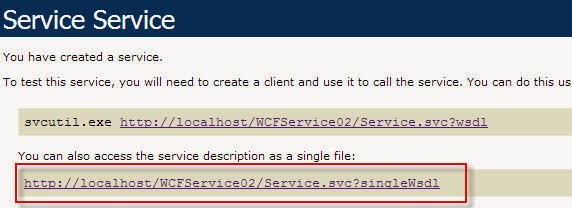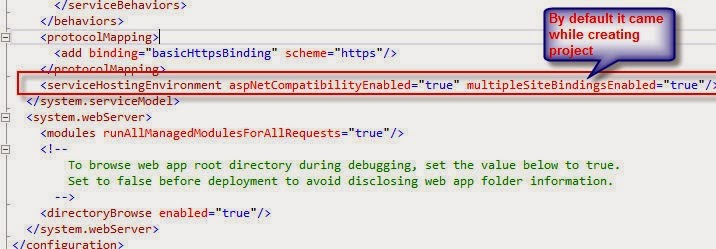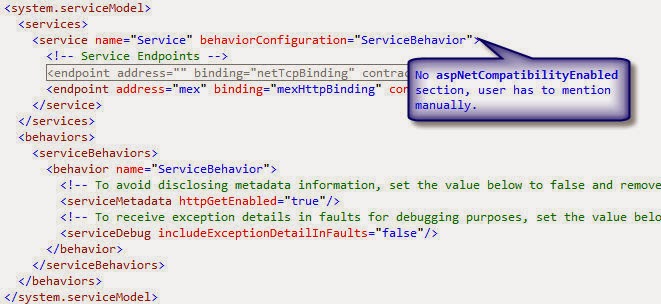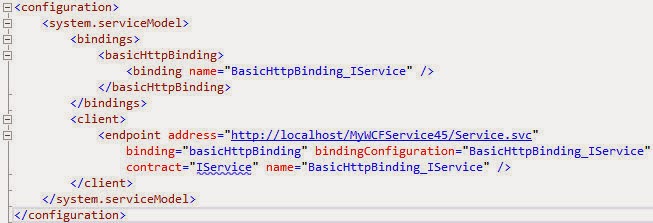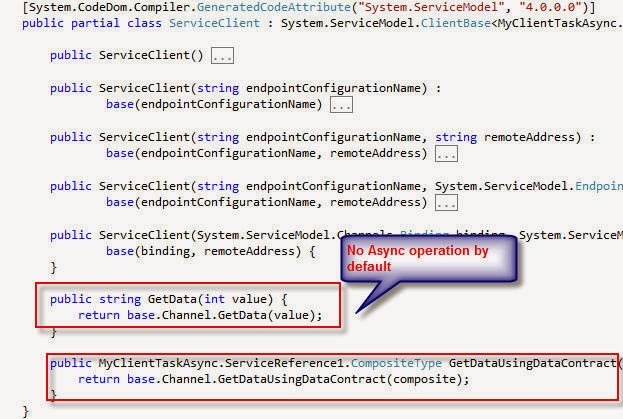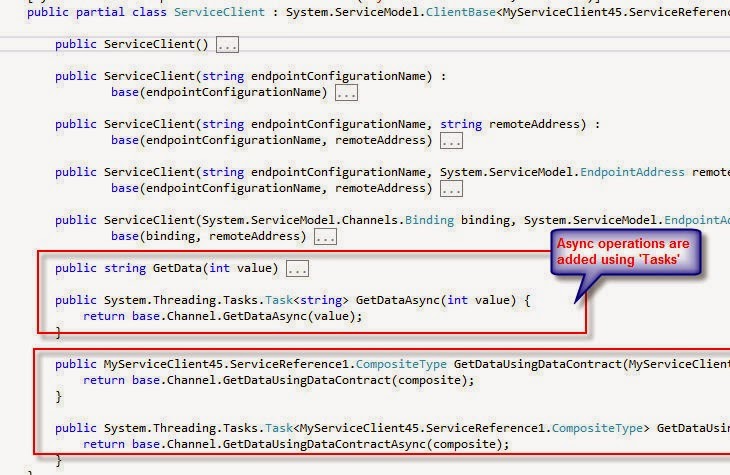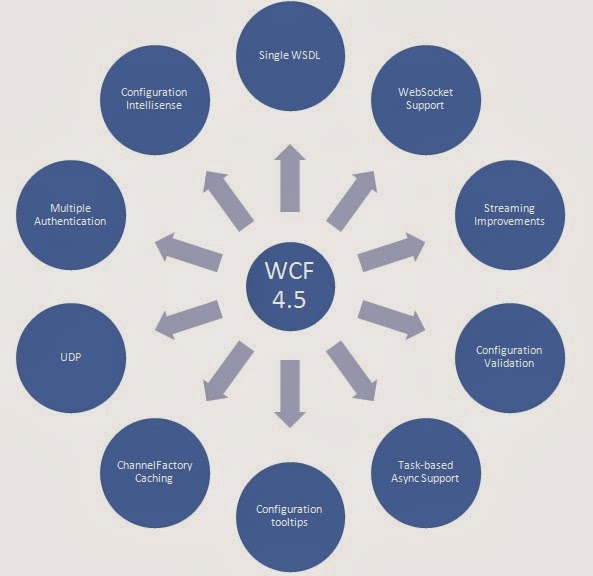Design
patterns are solutions to software design problems you find again and again in
real-world application development. Patterns are about reusable designs and
interactions of objects..
The
23 Gang of Four (GoF) patterns are generally considered the foundation for all
other patterns. They are categorized in three groups: Creational, Structural,
and Behavioural
To
give you a head start, the C# source code for each pattern is provided in 2
forms: structural and real-world. Structural code
uses type names as defined in the pattern definition and UML diagrams.
Real-world code provides real-world programming situations where you may use
these patterns.
A
third form, .NET optimized,
demonstrates design patterns that exploit built-in .NET 4.5 features, such as,
generics, attributes, delegates, reflection, and more.
Creational Patterns:
Builder: Separates object construction from its representation
Factory Method :Creates an instance of several derived classes
Prototype: A fully initialized instance to be copied or cloned
Singleton: A class of which only a single instance can exist
Structural
Patterns
Adapter : Match interfaces of different classes
Bridge: Separates an object’s interface from its
implementation
Composite: A tree structure of simple and composite objects
Decorator : Add responsibilities to objects dynamically
Facade : A single class that represents an entire
subsystem
Flyweight: A fine-grained instance used for
efficient sharing
Proxy: An object representing another object.
Behavioural
Patterns
Chain of Resp.: A way of passing a request between a chain of
objects
Command :Encapsulate a command request as an object
Interpreter : A way to include language elements
in a program
Iterator: Sequentially access the elements of a collection
Mediator: Defines simplified communication between classes
Memento: Capture and restore an object's internal state
Observer : A way of notifying change to a number of classes
State: Alter an object's behavior when its state
changes
Strategy: Encapsulates an algorithm inside a class
Template Method: Defer the exact steps of an algorithm to a
subclass
Visitor: Defines a new operation to a class without
change

